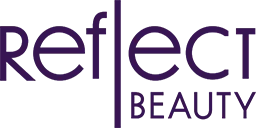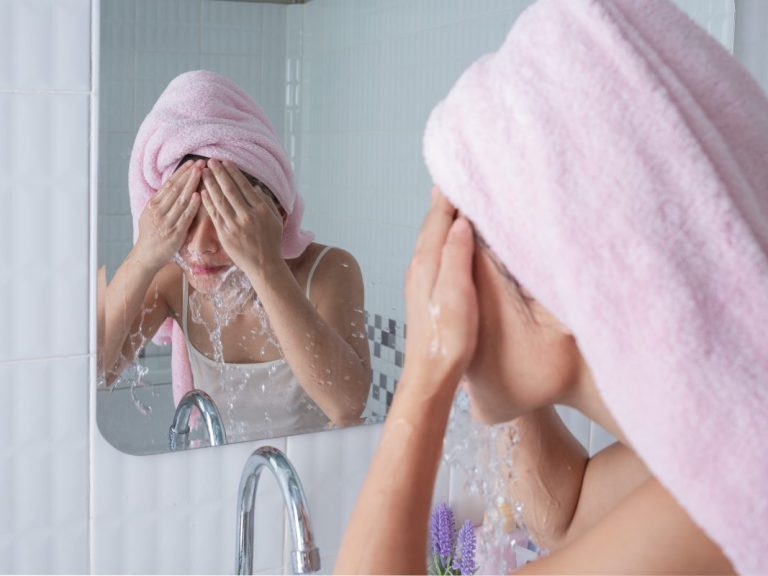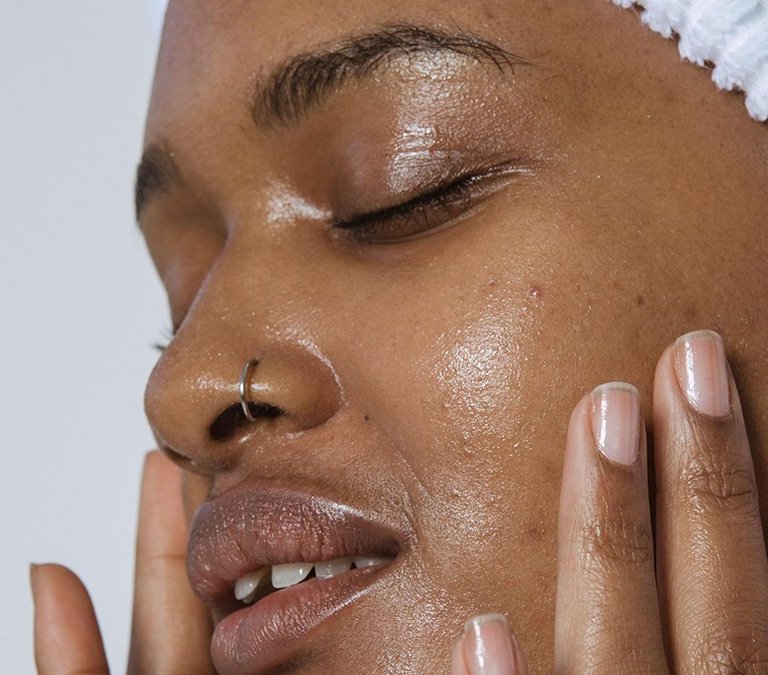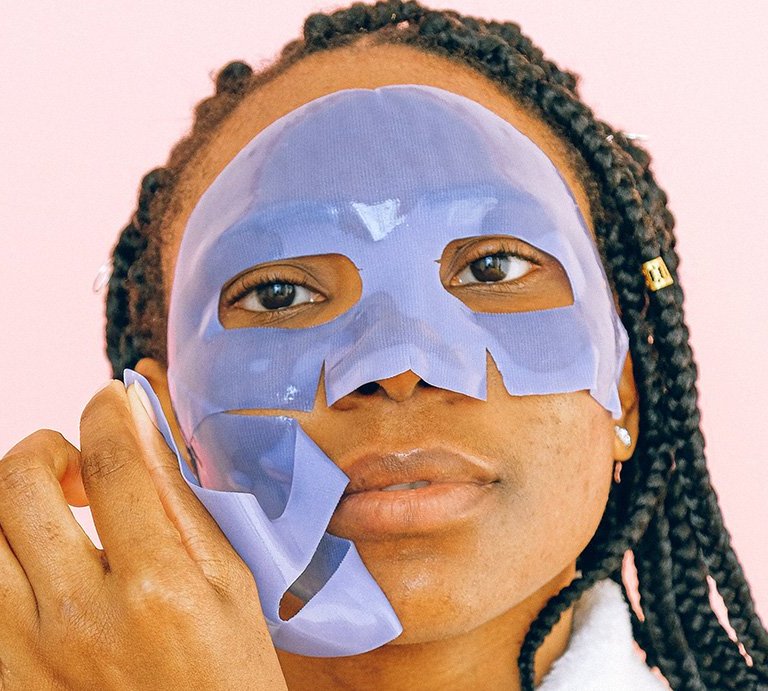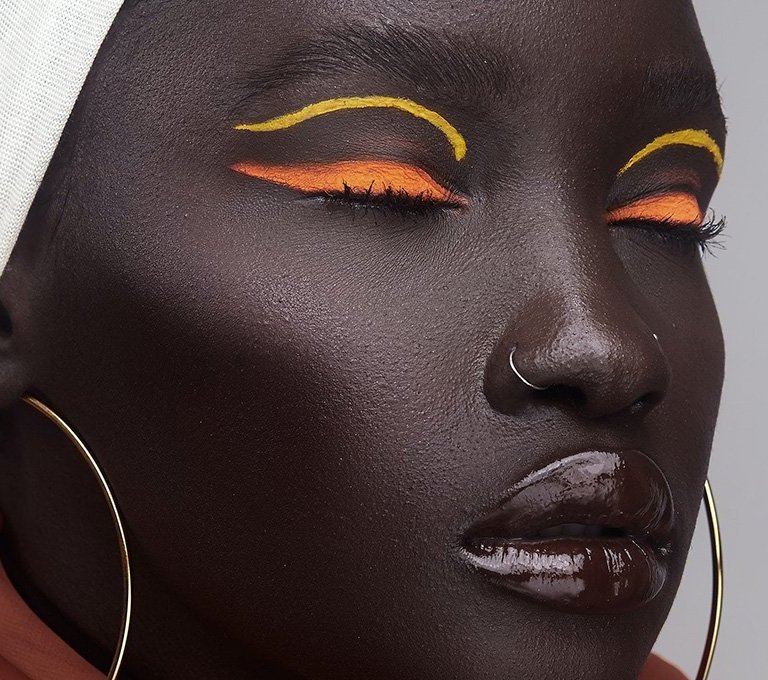by Sheryll Donerson via xonecole.com
I moved to Vietnam from South Korea in April 2014 to teach English.
After living in Korea for two years, and adopting a Korean skin care routine, my skin was pretty flawless. But after my move to Vietnam, my skin rebelled, and I had one of the worst breakouts I’d ever had. Enter my new issues with hyperpigmentation.
It started off with a few pimples that I could keep under control, but by the next year, I had a full-blown acne problem. A combination of the terrible pollution in Ho Chi Minh City mixed with the hot, humid climate left the skin around my chin, cheeks and jawline a hot mess.
I finally managed to tame the breakout, but I was left with nasty post-inflammatory hyperpigmentation, or PIH for short. It made me self-conscious, and I hated going outside without makeup. My skin felt smooth but looked as if I was a 16-year-old hormonal teenager. No, ma’am!
One of my friends introduced me to the world of AHAs, or Alpha-Hydroxy Acids, and my life has forever been changed. AHAs work by gently exfoliating the top layer of skin to remove dead skin cells. As a result, using AHAs can reveal healthy, younger looking skin that’s free of PIH.
There are three types of AHAs that I gravitate towards: glycolic acid, lactic acid and mandelic acid. Glycolic acid is the most common type of AHA. Its molecules are smaller than other AHAs, which is why people typically see faster results using glycolic acid, but it’s also more irritating than other types of AHAs. If you have sensitive skin, lactic acid is a better option since it’s much more gentle than glycolic. But, by far, my favorite AHA is mandelic acid. Derived from bitter almonds, mandelic acid is just as effective as glycolic acid, but causes significantly less redness, flakiness and dry skin. Mandelic acid is also a better choice for Black women as it doesn’t cause additional skin discoloration like glycolic acid can.
Armed with my newfound education in AHAs and all that they can do, I incorporated them into my modified Korean skincare routine and, slowly but surely, I saw impressive results. After about three months, my skin was completely acne- and PIH-free! My skin currently looks the best it ever has, and I’m constantly getting compliments on my glowing skin. It’s a far cry from where I was at the beginning of the year!
My nighttime skincare routine goes something like this:
**Note: I only apply AHAs at night as they can make your skin sensitive to the sun!**
Step One:
Remove makeup and sunscreen with an oil-based cleanser. (I love the Illi Total Aging Care Cleansing oil, but you can use any basic oil like olive oil or argan oil. I personally do not use coconut oil as it’s slightly comedogenic and causes me to break out.)
Step Two:
Cleanse skin again using a gentle foaming cleanser. (One of my all-time Korean beauty favorites is the su:m37 Miracle Rose Cleansing Stick. It’s so popular that it was discontinued for a while to allow for the company to restock.) Next, follow up with a toner. (I am obsessed with Son and Park’s Beauty Water, an all-in-one cleaner, toner and hydrating treatment.)
Step Three:
Use an AHA serum/treatment. (I like to apply it with my hands instead of a cotton pad as it doesn’t waste product. AHA serums are typically a bit expensive, and I like to save money!) Gently press the product into your skin and wait between 20 and 30 minutes before moving on to your next skincare step.
Why the waiting period? AHAs work at a lower pH, typically less than 4. Applying a moisturizer directly after your AHA treatment increases the pH of your skin, rendering the active ingredients in your treatment useless. So the waiting period is necessary to allow the AHAs to work their exfoliating magic! (While I wait for the AHA to do its thing, I usually get my clothes and lunch ready for the next day.)
I also apply my AHA serum as a spot treatment, to help speed up the healing process of any existing breakouts.
My current favorite is the Vivant Skincare 8% 3-in-1 Mandelic Acid Serum. Paula’s Choice is another great option as an affordable and effective AHA treatment serum.
Step Four:
Apply a hydrating toner or serum. (In Korean skincare, most toners are for hydration, not for cleansing. I love the Whamisa Organic Flowers Deep Rich Essence Toner. I have oily skin, but my skin feels pretty dry after applying my AHA treatment, so I make sure to hydrate my skin a ton at night.) If you really want to indulge, use a sheet mask for this step. (Beautibi is sheet-mask heaven!)
Step Five:
Apply your moisturizer or facial oil (or, if you’re like me, both) and BOOM! You are finished for the night. (I’m currently loving the Whamisa Organic Flowers Facial oil and the Cosrx Ultimate Moisturizing Honey Overnight Mask. I mix them together for the ultimate hydrating boost.)
In the morning, make sure to apply a sunscreen after your moisturizer and before you apply primer or makeup. As I mentioned earlier, AHAs make your skin photosensitive, so wearing sunscreen during the day is non-negotiable. Don’t make the mistake of investing in expensive AHA treatments only to not use sunscreen! (My favorite sunscreen is the Biore UV Aqua Rich Watery Essence. It’s perfect for oily-skinned women and it wears under makeup like magic.)
Following this routine, I managed to get rid of my PIH. Now, my skin is bright, clear, smooth and soft. I rarely have breakouts, and my skin is even-toned.
Designed by jcomp / Freepik
